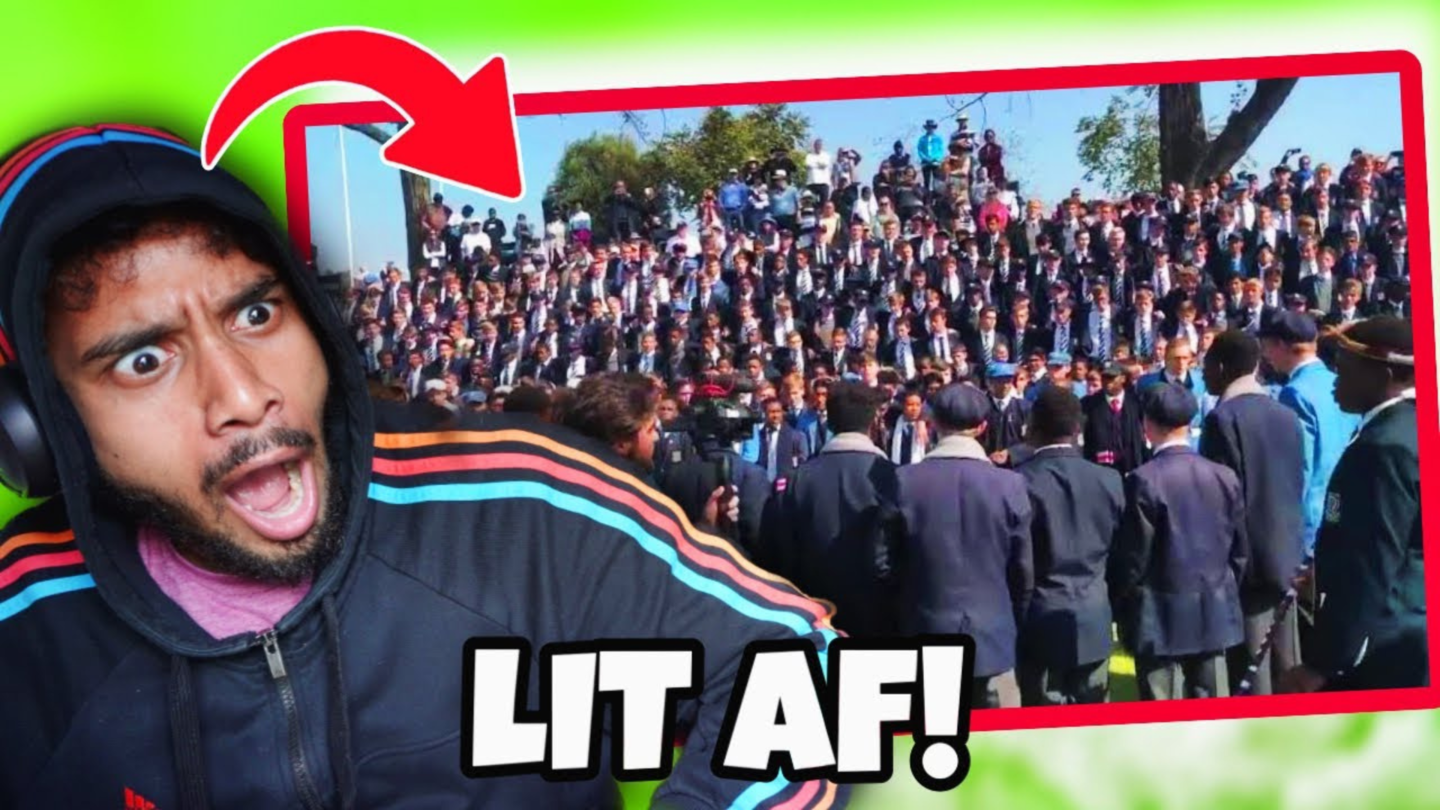Growing up in South Africa, we knew what cheerleaders, marching bands and American football were, but our own school customs were decisively shunned by mainstream media. Recently, likely due to the increasing popularity of the Springboks after their 2023 World Cup win and viral videos like Die Hard Rugby’s The Most Feared Rugby Team in the World (2023), SA school rugby and, consequently, school war cries have become a global viral sensation that the Internet just can’t seem to get over.
Battle cries have long been integral to warfare, serving diverse functions across cultures and eras. From ancient Greeks to modern military forces, they rally troops, intimidate foes, and boost morale. Examples like the Scottish “Alba gu bràth,” the French “Montjoie Saint Denis!,” and the Confederate “rebel yell” illustrate how each cry reflects combatants’ identities and values, shaping the psychology and strategy of war. As conflicts evolve, new vocalisations emerge, and war cries as an art form are never static, nor impenetrable.
Locally, war cries are a huge part of South African history. In warfare, Black sonic traditions have extended beyond cries, encompassing tactics like music or weaponising sound energy for psychological and physical warfare. The Battlefields of KwaZulu-Natal (KZN) are steeped in historical significance as the site of numerous significant battles, including the Anglo-Zulu War of 1879, whose songs and chants survive to this day. More recently, Isicathamiya and the toyi-toyi are examples of how Black folk used sound to challenge their oppressors during apartheid.
In the present day, perhaps also in response to our rivals, New Zealand’s Haka, war cries have become a unifying mainstay of South African sports culture. School rugby events, like those at Jeppe and Paarl Gimnasium, draw massive crowds, evoking the ambience of professional games. For students, war cries are a way to psyche themselves and their opponents up for the game. Their war cries reference traditional or popular songs like All of the Lights (2010), All the Way Up (2017), or iconic fighting chants like “Ali, bomaye”, Congolese for “Ali, kill him”, from the 1974 George Foreman vs. Muhammad Ali The Rumble in the Jungle.
Of course, in post-apartheid South Africa, nothing is ever really that simple. Farrell Evans writes How Nelson Mandela Used Rugby as a Symbol of South African Unity, presenting a symbolic image of reconciliation by donning the new Springbok jersey and integrating Black players into a once all-white national team. Yet the legacy of apartheid and economic disparities persists to this day. Many of the schools featured in these viral videos are middle to upper-class all-boys schools, most of which unquestioningly idolise masculinity. But while the culture of war cries amplifies some of the issues in SA school systems, it is also incredibly nuanced and generative.
In an article called What the ‘Cry Boks’ Say about the Modern South African Male, Daniel Gallan, calls attention to the emotional vulnerability of South African rugby players, focusing on instances from the docuseries Chasing the Sun [II] (2020-2023), which chronicles the Springboks’ 2023 World Cup victory. Players like Duane Vermeulen and Rassie Erasmus are shown shedding tears, defying the tough male stereotype and suggesting a shift towards a more open expression of emotions among modern South African men. But while we work on the kinks, the culture of SA war cries has not lost an ounce of its popularity.
Northwood in KZN, gained global attention when a video of students performing a rendition of Drake‘s Nonstop (2018) went viral after being shared by the rapper himself on Instagram. The school’s war cry blended local tradition with global pop culture, featuring spirited chants that extended far beyond their rugby field. There have been so many other such videos, compilations, reaction videos and hashtags—too many to count. Most people have never even thought of South Africa in this way and their visceral responses to these war cries are palpable.
Of course, with this popularity comes commodification and who knows where this will lead. In March this year, 5FM, which bills itself as South Africa’s top youth radio station, launched the country’s first high school war cry championship. Michael Bossenger, acting business manager at 5FM said: “During our visits to and interactions with various schools, the one thing that all of them had in common is … the power of their war cry, and it was goosebumps stuff … Since then, we’ve been overwhelmed by schools reaching out to us and tagging us to give them the chance to showcase the best war cries in South Africa, if not the world.”
Anyone who knows anything about this country knows that there’s no place like it and this is reflected in our customs. While war cries are nothing new, South African school war cries resonate globally, particularly because of the skewed picture of SA’s defeat and divisiveness pushed by mainstream media. The truth is, no one does unity like South Africans and this is the proof. Yet, instead of passively playing into the inverse, corny kumbaya crap that would probably be projected onto us, these riotous rituals pack a punch that retains that vicious competitive spirit that makes our people truly invincible.
*Thumbnail Image courtesy of Thee Dope Guy



















































